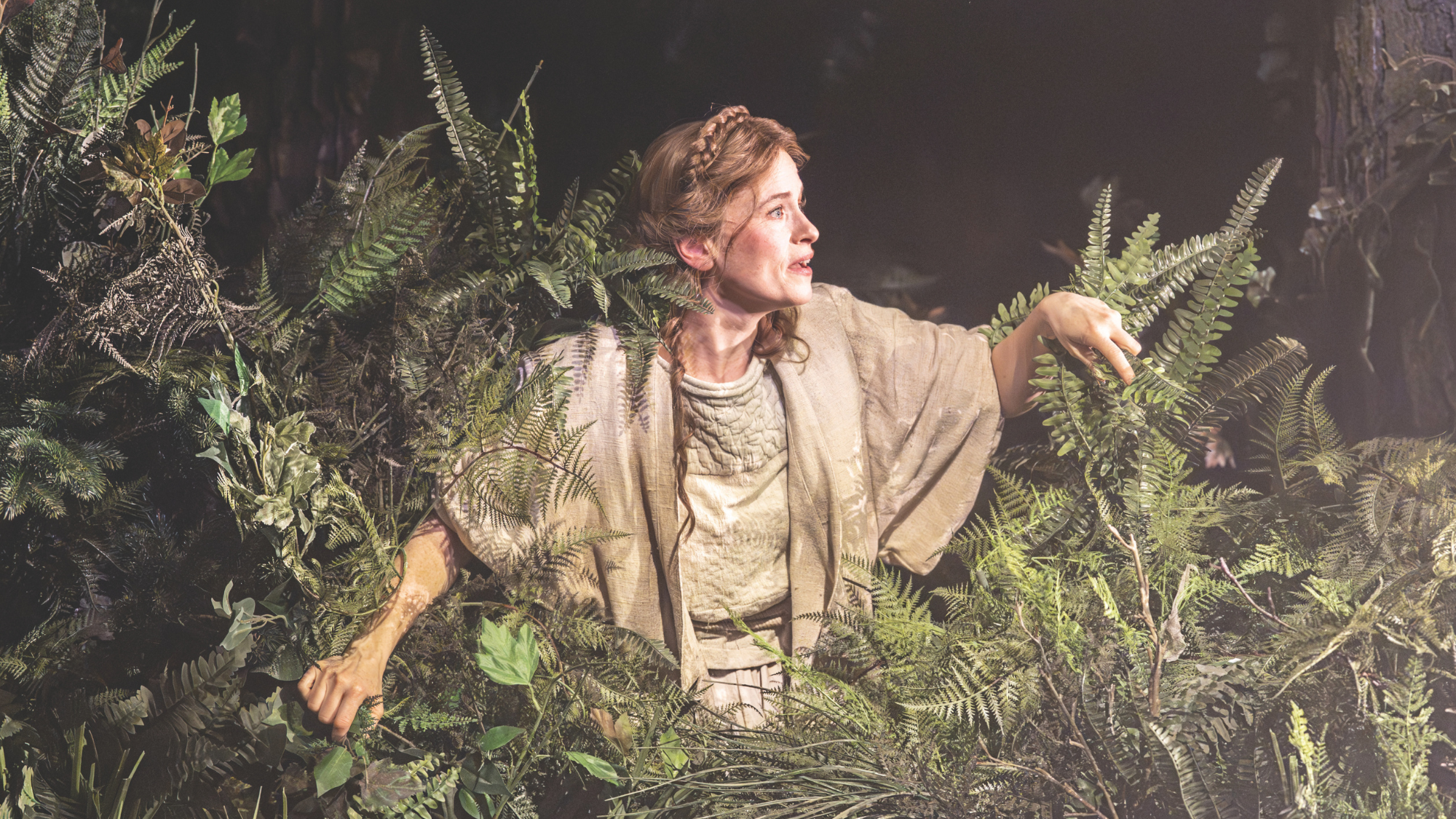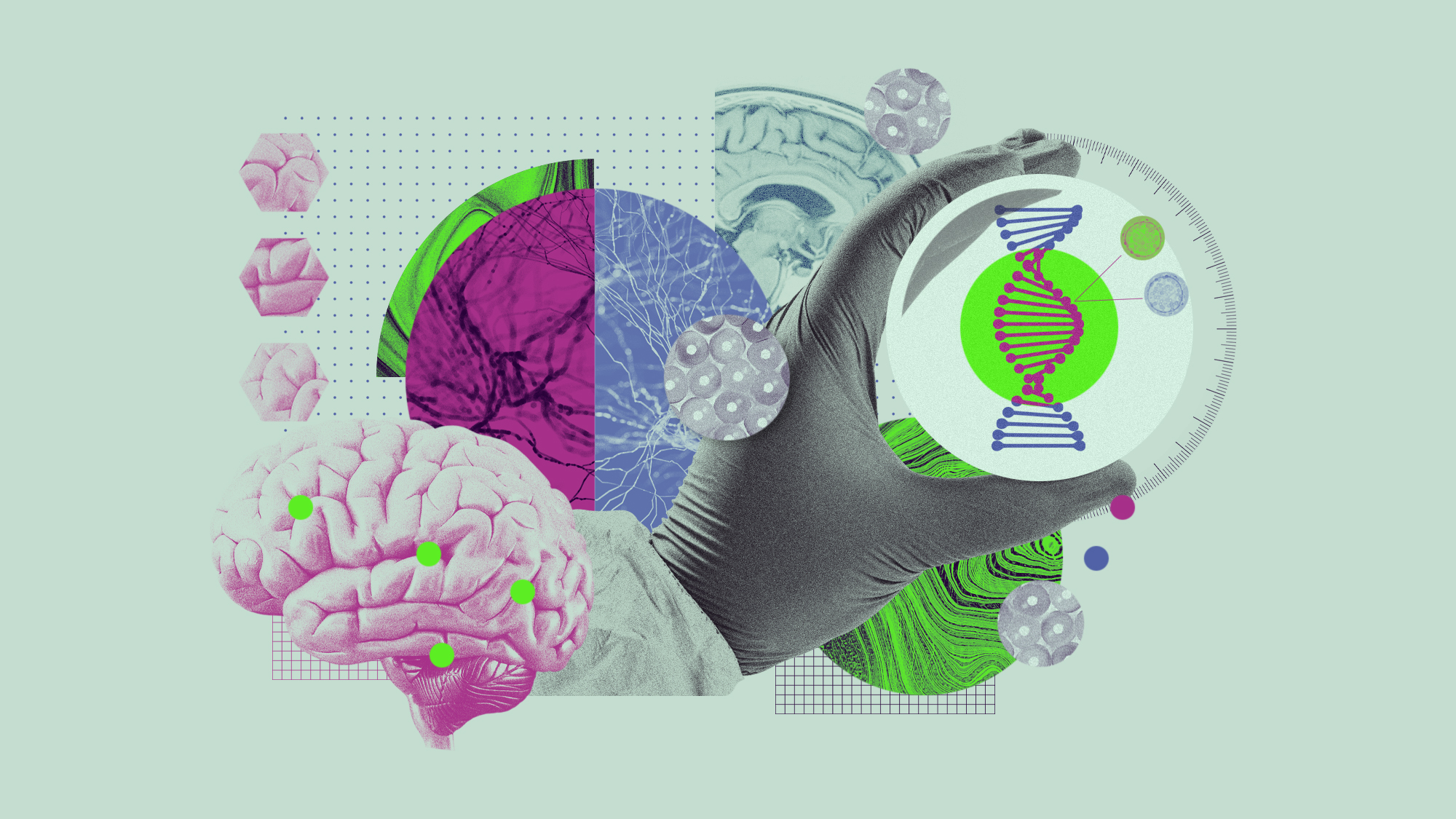U.S. scientists unveil 'reddmatter' superconductor breakthrough that could revolutionize energy, if true

Scientists at the University of Rochester reported this week that they have taken a big leap toward creating a commercially viable superconductor that operates at room temperature and a low enough level of high pressure to be used in almost any technology that uses electric energy. Ranga Dias, a professor of mechanical engineering and physics, announced his team's findings on Tuesday to a packed room at an American Physical Society meeting in Las Vegas. And the breakthrough was detailed Wednesday in a paper published in the journal Nature.
Superconductors, first discovered in 1911, conduct electric currents without any resistance, or loss of energy through heat. But they only lose their resistance at extremely cold temperatures and extremely high pressure. Dias' team says it created a material — called "reddmatter" because it turns red under pressure and in homage to the 2009 film Star Trek — that can act as a superconductor at up to 69 degrees Fahrenheit and 145,000 pounds per square inch (psi). That's about 10,000 times more pressure that the 15 psi at sea level, but engineers already make commercially accessible products, like microchips and synthetic diamonds, using more than 145,000 psi.
The new material is made from the rare earth metal lutetium baked in a gas mixture of 99 percent hydrogen and 1 percent nitrogen.
The Week
Escape your echo chamber. Get the facts behind the news, plus analysis from multiple perspectives.

Sign up for The Week's Free Newsletters
From our morning news briefing to a weekly Good News Newsletter, get the best of The Week delivered directly to your inbox.
From our morning news briefing to a weekly Good News Newsletter, get the best of The Week delivered directly to your inbox.
With a material like that, "we could magnetically levitate trains above superconducting rails, change the way electricity is stored and transferred, and revolutionize medical imaging," Dias told The Wall Street Journal. A room-temperature superconductor could also allow longer-lasting batteries, lossless power grids, and potentially, practical nuclear fusion reactors, he added.
Other physicists described the study as very promising, but it also "comes from a team that faces wide skepticism because a 2020 paper that described a promising but less practical superconducting material was retracted after other scientists questioned some of the data," The New York Times notes. That other paper was also published in Nature, and Dias said it has been resubmitted with new, more transparent data.
"If this is real, it's a really important breakthrough," Paul C.W. Chu, a University of Houston physics professor not involved with the research, told the Times. "I'm cautiously optimistic," added Timothy Strobel, a scientist at the Carnegie Institution for Science also not involved in the study. "The data in the paper, it looks great," and Dias "really could be the best high-pressure physicist in the world, poised to win the Nobel Prize. Or there's something else going on."
A free daily email with the biggest news stories of the day – and the best features from TheWeek.com
Peter has worked as a news and culture writer and editor at The Week since the site's launch in 2008. He covers politics, world affairs, religion and cultural currents. His journalism career began as a copy editor at a financial newswire and has included editorial positions at The New York Times Magazine, Facts on File, and Oregon State University.
-
 Into the Woods: a ‘hypnotic’ production
Into the Woods: a ‘hypnotic’ productionThe Week Recommends Jordan Fein’s revival of the much-loved Stephen Sondheim musical is ‘sharp, propulsive and often very funny’
-
 ‘Let 2026 be a year of reckoning’
‘Let 2026 be a year of reckoning’Instant Opinion Opinion, comment and editorials of the day
-
 Why is Iran facing its biggest protests in years?
Why is Iran facing its biggest protests in years?TODAY’S BIG QUESTION Iranians are taking to the streets as a growing movement of civic unrest threatens a fragile stability
-
 5 recent breakthroughs in biology
5 recent breakthroughs in biologyIn depth From ancient bacteria, to modern cures, to future research
-
 Blue Origin launches Mars probes in NASA debut
Blue Origin launches Mars probes in NASA debutSpeed Read The New Glenn rocket is carrying small twin spacecraft toward Mars as part of NASA’s Escapade mission
-
 Why scientists are attempting nuclear fusion
Why scientists are attempting nuclear fusionThe Explainer Harnessing the reaction that powers the stars could offer a potentially unlimited source of carbon-free energy, and the race is hotting up
-
 Dinosaurs were thriving before asteroid, study finds
Dinosaurs were thriving before asteroid, study findsSpeed Read The dinosaurs would not have gone extinct if not for the asteroid
-
 SpaceX breaks Starship losing streak in 10th test
SpaceX breaks Starship losing streak in 10th testspeed read The Starship rocket's test flight was largely successful, deploying eight dummy satellites during its hour in space
-
 Rabbits with 'horns' sighted across Colorado
Rabbits with 'horns' sighted across Coloradospeed read These creatures are infected with the 'mostly harmless' Shope papilloma virus
-
 Lithium shows promise in Alzheimer's study
Lithium shows promise in Alzheimer's studySpeed Read Potential new treatments could use small amounts of the common metal
-
 Scientists discover cause of massive sea star die-off
Scientists discover cause of massive sea star die-offSpeed Read A bacteria related to cholera has been found responsible for the deaths of more than 5 billion sea stars
